Quantum is Now
Quantum computing has the potential to change the world, and IonQ is leading the way.

Direct carbon sequestration
With ~450 algorithmic qubits, Qubits — quantum bits — are the basic building blocks of quantum computers. But not all qubits are equal, and algorithmic qubits are our preferred metric for describing "useful" qubits. You can read more about the metric here.we could help pull CO2 from the air to fight climate change.
Learn more about our roadmap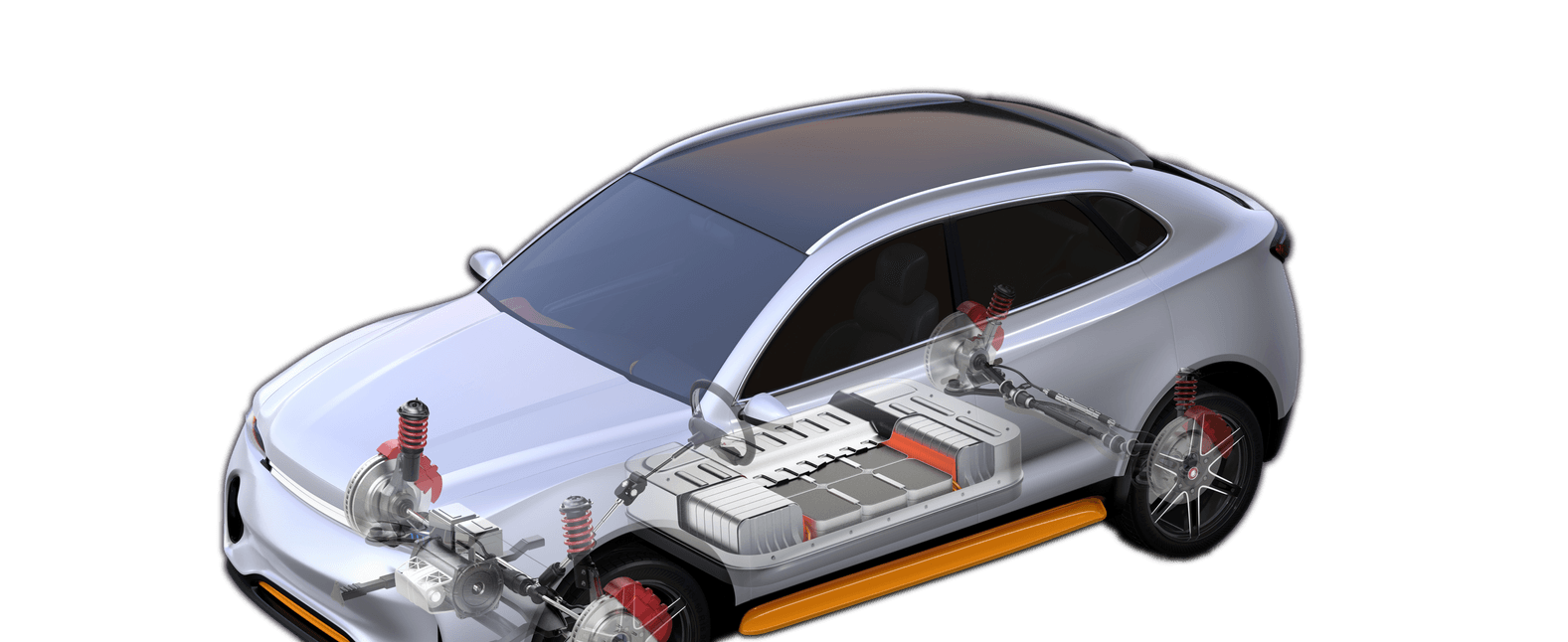
Better battery materials
With ~250 algorithmic qubits, Qubits — quantum bits — are the basic building blocks of quantum computers. But not all qubits are equal, and algorithmic qubits are our preferred metric for describing "useful" qubits. You can read more about the metric here.we could help extend the range and usefulness of electric vehicles.
Learn more about our roadmap
Improved drug discovery
With ~1,000 algorithmic qubits, Qubits — quantum bits — are the basic building blocks of quantum computers. But not all qubits are equal, and algorithmic qubits are our preferred metric for describing "useful" qubits. You can read more about the metric here.we could help revolutionize the pharmaceutical industry.
Learn more about our roadmap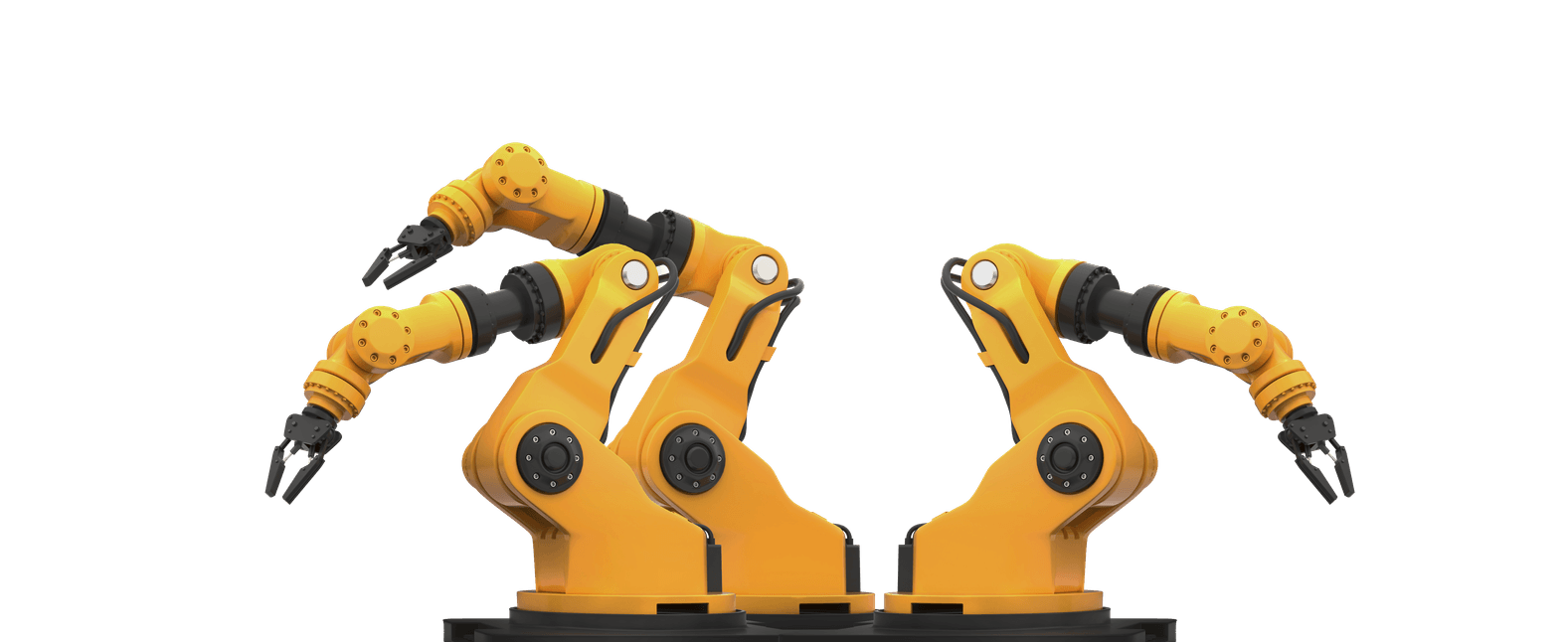
Quantum machine learning
With ~40 physical qubits, Qubits — quantum bits — are the basic building blocks of quantum computers. You can learn more about how we create and control our trapped ion qubits here.we could help begin making smarter robots, homes, cars, and more.
Learn more about our roadmapMeet our newest and most powerful quantum computers
Our latest systems are built for performance and practicality, enabling partners to solve their largest and most complex real-world business problems.
IonQ Aria
Our universally accessible, high-performing flagship quantum system
Learn MoreIonQ Forte
Our highest performing, commercially available quantum system
Learn MoreIonQ Forte Enterprise
Our rack mountable, on-prem system for production readiness and hybrid workflows with #AQ 36 and 36 qubits
Learn MoreIonQ Tempo
Our commercial advantage capable computer for production applications
Learn More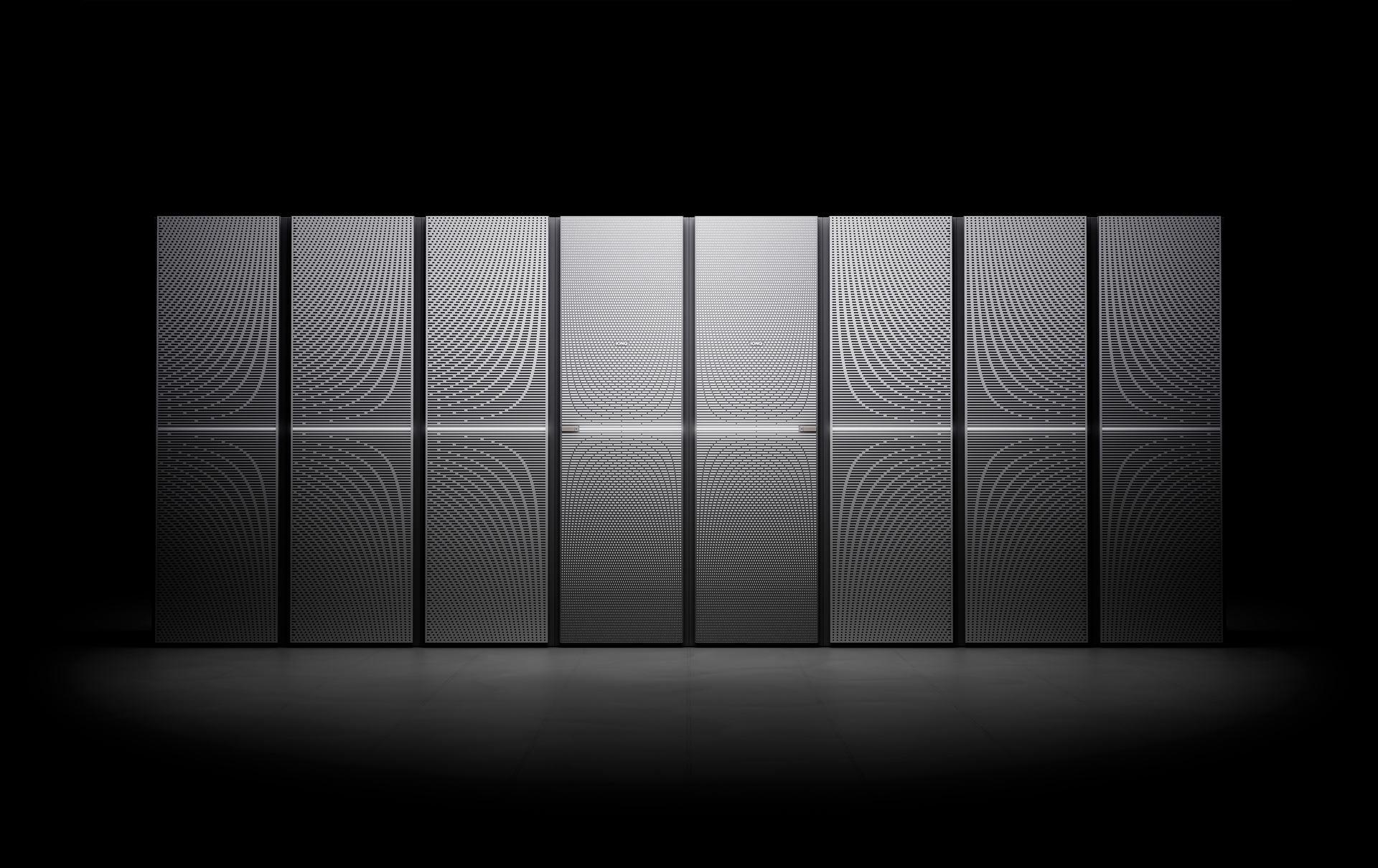
Trapped ion technology
Powered by atoms
Our quantum cores use nature's qubits: atomic ions. Identical, perfectly isolated, and naturally quantum, ions provide unparalleled performance.
Learn more about our technology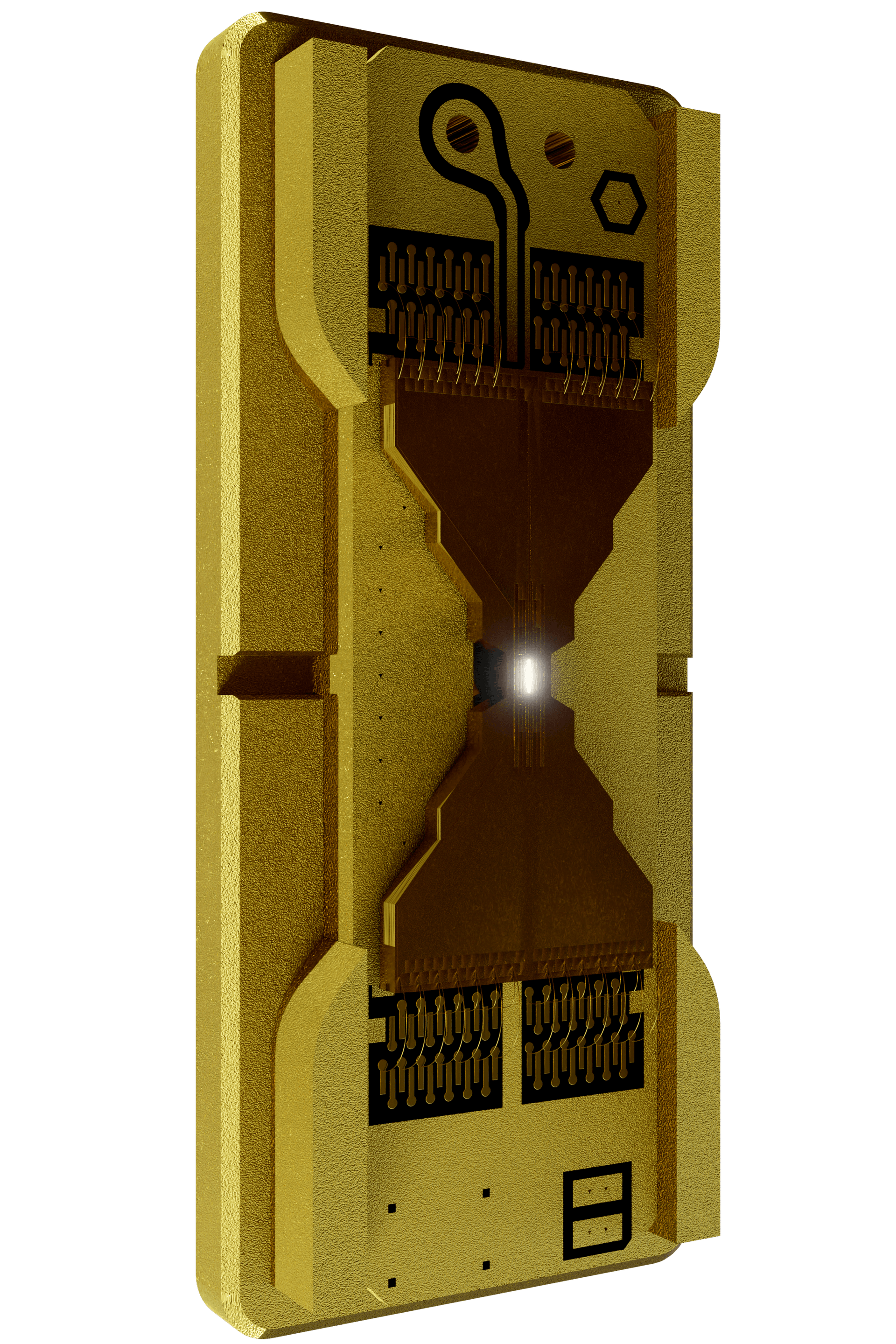
On the cloud
A quantum cloud made for developers
Forget translating your work into yet another quantum SDK. IonQ works with all of the most popular cloud providers, libraries and tools. Just sign in and get to work.
Partner Clouds
Whether you’re on , or , hardware access is just a few clicks away.
#imports
from braket.circuits import Circuit
from braket.aws import AwsDevice
#hello many worlds
circ = Circuit()
circ.h(1)
circ.cnot(control=1, target=0)
#run on IonQ hardware
ionq = AwsDevice("arn:aws:braket:::device/qpu/ionq/ionQdevice")
job = ionq.run(circ, ("my_s3_bucket","my_s3_folder"), shots=100)
print(job.result().measurement_counts)
$ python3 braket_example.py
Counter( {'00': 49, '11': 51} )Our mission
To build the world’s best quantum computers to solve the world’s most complex problems, transforming business, society, and the planet for the better.
Learn more about IonQOur company
Building on over 25 years of research, we’ve brought quantum computing out of the lab and into the real world.
Learn more about our teamJoin us
Whether you’re an expert in your field or a recent graduate, if you love collaborative, challenging work, we encourage you to apply.
See open rolesHarness the world-changing power of quantum computing
Get started on one of our partner clouds in as little as ten minutes, or contact us to discuss a custom partnership for your business.















